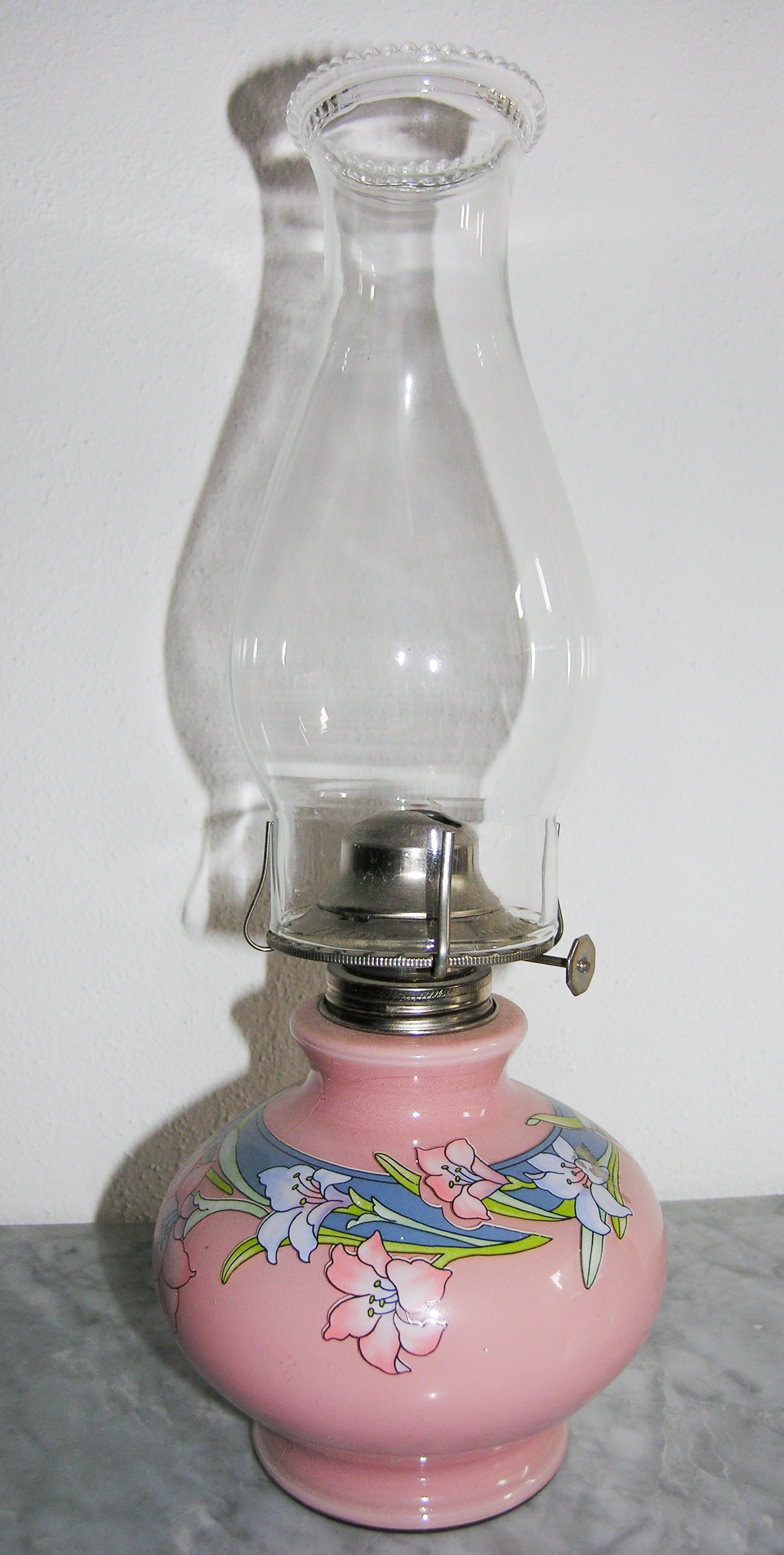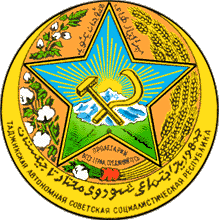|
Boybuloq Cave
Boybuloq (also known as Boy-Bulok and Boj-Bulok, , ) is a limestone cave in Uzbekistan, the deepest cave in Central Asia and all Asia except its western part. The cave is deep and long with the main entrance at an elevation of . It is situated at the edge of Baysun-Tau mountain ridge, the southern spur of the Gissar Range, in the southeast of the country. The nearest village is Dehibolo (Дюйбало in Russian), to the northeast of Boysun. The cave developed in the covered karst of Upper and Middle Jurassic limestones, in monoclinal strata, in the preserved wing of an anticline. The thickness of limestone strata is from 200 to 350 meters. Contrary to most limestone caves it was not formed by water precipitation penetrating from the surface but, as the soluble rock is covered by insoluble strata, by condensation. Hence the cave consists mainly of very narrow passages which descend along the incident angle of strata, from time to time interrupted by vertical shafts, ... [...More Info...] [...Related Items...] OR: [Wikipedia] [Google] [Baidu] |
Uzbekistan
Uzbekistan (, ; uz, Ozbekiston, italic=yes / , ; russian: Узбекистан), officially the Republic of Uzbekistan ( uz, Ozbekiston Respublikasi, italic=yes / ; russian: Республика Узбекистан), is a doubly landlocked country located in Central Asia. It is surrounded by five landlocked countries: Kazakhstan to the north; Kyrgyzstan to the northeast; Tajikistan to the southeast; Afghanistan to the south; and Turkmenistan to the southwest. Its capital and largest city is Tashkent. Uzbekistan is part of the Turkic world, as well as a member of the Organization of Turkic States. The Uzbek language is the majority-spoken language in Uzbekistan, while Russian is widely spoken and understood throughout the country. Tajik is also spoken as a minority language, predominantly in Samarkand and Bukhara. Islam is the predominant religion in Uzbekistan, most Uzbeks being Sunni Muslims. The first recorded settlers in what is now Uzbekistan were Eastern Iranian no ... [...More Info...] [...Related Items...] OR: [Wikipedia] [Google] [Baidu] |
Sump (cave)
A sump, or siphon, is a passage in a cave that is submerged under water. A sump may be static, with no inward or outward flow, or active, with continuous through-flow. Static sumps may also be connected underwater to active stream passage. When short in length, a sump may be called a duck, however this can also refer to a section or passage with some (minimal) airspace above the water. Depending on hydrological factors specific to a cave – such as the sea tide, changes in river flow, or the relationship with the local water table – sumps and ducks may fluctuate in water level and depth (and sometimes in length, due to the shape of adjacent passage). Exploration past a sump Diving Short sumps may be passed simply by holding one's breath while ducking through the submerged section (for example, Sump 1 in Swildon's Hole). This is known as "free diving" and can only be attempted if the sump is known to be short and not technically difficult (e.g. constricted or requiring nav ... [...More Info...] [...Related Items...] OR: [Wikipedia] [Google] [Baidu] |
Speleology
Speleology is the scientific study of caves and other karst features, as well as their make-up, structure, physical properties, history, life forms, and the processes by which they form (speleogenesis) and change over time (speleomorphology). The term ''speleology'' is also sometimes applied to the recreational activity of exploring caves, but this is more properly known as ''caving'', ''potholing'' (British English), or ''spelunking''. Speleology and caving are often connected, as the physical skills required for ''in situ'' study are the same. Speleology is a cross-disciplinary field that combines the knowledge of chemistry, biology, geology, physics, meteorology, and cartography to develop portraits of caves as complex, evolving systems. History Before modern speleology developed, John Beaumont wrote detailed descriptions of some Mendip caves in the 1680s. The term speleology was coined by Émile Rivière in 1890. Prior to the mid-nineteenth century the scientific valu ... [...More Info...] [...Related Items...] OR: [Wikipedia] [Google] [Baidu] |
Kerosene Lamp
A kerosene lamp (also known as a paraffin lamp in some countries) is a type of lighting device that uses kerosene as a fuel. Kerosene lamps have a wick or mantle as light source, protected by a glass chimney or globe; lamps may be used on a table, or hand-held lanterns may be used for portable lighting. Like oil lamps, they are useful for lighting without electricity, such as in regions without rural electrification, in electrified areas during power outages, at campsites, and on boats. There are three types of kerosene lamp: flat-wick, central-draught (tubular round wick), and mantle lamp. Kerosene lanterns meant for portable use have a flat wick and are made in dead-flame, hot-blast, and cold-blast variants. Pressurized kerosene lamps use a gas mantle; these are known as Petromax, Tilley lamps, or Coleman lamps, among other manufacturers. They produce more light per unit of fuel than wick-type lamps, but are more complex and expensive in construction and more complex to o ... [...More Info...] [...Related Items...] OR: [Wikipedia] [Google] [Baidu] |
Crawling (human)
Crawling or quadrupedal movement is a method of human locomotion that makes use of all four limbs. It is one of the earliest gaits learned by human infants, and has similar features to four-limbed movement in other primates and in non-primate quadrupeds. When crawls are used Crawling is used mainly: *When a person cannot yet walk because of being an infant *When a person cannot walk due to disability, being wounded, sick, or drunk *In very low places (caves, under a table, in a mine, etc.). Sometimes underground miners need to crawl long distances during their work *When searching for something on the ground *To get down to the ground in gardening, for maintenance or other work-related purposes which require a good reach on the ground *For stealth (camouflage and quietness) *To lower the field of vision *As an exercise *As a token of submission *For fun or comical purposes *To reduce the risk of smoke inhalation during a fire In infants Infants sometimes "crawl" with their stom ... [...More Info...] [...Related Items...] OR: [Wikipedia] [Google] [Baidu] |
Tajik Language
Tajik (Tajik: , , ), also called Tajiki Persian (Tajik: , , ) or Tajiki, is the variety of Persian spoken in Tajikistan and Uzbekistan by Tajiks. It is closely related to neighbouring Dari with which it forms a continuum of mutually intelligible varieties of the Persian language. Several scholars consider Tajik as a dialectal variety of Persian rather than a language on its own. The popularity of this conception of Tajik as a variety of Persian was such that, during the period in which Tajik intellectuals were trying to establish Tajik as a language separate from Persian, prominent intellectual Sadriddin Ayni counterargued that Tajik was not a "bastardised dialect" of Persian.Shinji ldoTajik Published by UN COM GmbH 2005 (LINCOM EUROPA) The issue of whether Tajik and Persian are to be considered two dialects of a single language or two discrete languages has political sides to it. By way of Early New Persian, Tajik, like Iranian Persian and Dari Persian, is a continuation of Midd ... [...More Info...] [...Related Items...] OR: [Wikipedia] [Google] [Baidu] |
Uzbek Language
Uzbek (''Oʻzbekcha, Oʻzbek tili or Ўзбекча, Ўзбек тили''), formerly known as ''Turki'' or ''Western Turki'', is a Turkic language spoken by Uzbeks. It is the official, and national language of Uzbekistan. Uzbek is spoken as either native or second language by 44 million people around the world (L1+L2), having some 34 million speakers in Uzbekistan, 4.5 million in Afghanistan, and around 5 million in the rest of Central Asia, making it the second-most widely spoken Turkic language after Turkish. Uzbek belongs to the Eastern Turkic or Karluk branch of the Turkic language family. External influences include Arabic, Persian and Russian. One of the most noticeable distinctions of Uzbek from other Turkic languages is the rounding of the vowel to , a feature that was influenced by Persian. Unlike other Turkic languages, vowel harmony is nigh-completely lost in modern Standard Uzbek, though it is (albeit somewhat less strictly) still observed in its dialects, as wel ... [...More Info...] [...Related Items...] OR: [Wikipedia] [Google] [Baidu] |
Switzerland
). Swiss law does not designate a ''capital'' as such, but the federal parliament and government are installed in Bern, while other federal institutions, such as the federal courts, are in other cities (Bellinzona, Lausanne, Luzern, Neuchâtel, St. Gallen a.o.). , coordinates = , largest_city = Zürich , official_languages = , englishmotto = "One for all, all for one" , religion_year = 2020 , religion_ref = , religion = , demonym = , german: Schweizer/Schweizerin, french: Suisse/Suissesse, it, svizzero/svizzera or , rm, Svizzer/Svizra , government_type = Federalism, Federal assembly-independent Directorial system, directorial republic with elements of a direct democracy , leader_title1 = Federal Council (Switzerland), Federal Council , leader_name1 = , leader_title2 = , leader_name2 = Walter Thurnherr , legislature = Fe ... [...More Info...] [...Related Items...] OR: [Wikipedia] [Google] [Baidu] |
France
France (), officially the French Republic ( ), is a country primarily located in Western Europe. It also comprises of Overseas France, overseas regions and territories in the Americas and the Atlantic Ocean, Atlantic, Pacific Ocean, Pacific and Indian Oceans. Its Metropolitan France, metropolitan area extends from the Rhine to the Atlantic Ocean and from the Mediterranean Sea to the English Channel and the North Sea; overseas territories include French Guiana in South America, Saint Pierre and Miquelon in the North Atlantic, the French West Indies, and many islands in Oceania and the Indian Ocean. Due to its several coastal territories, France has the largest exclusive economic zone in the world. France borders Belgium, Luxembourg, Germany, Switzerland, Monaco, Italy, Andorra, and Spain in continental Europe, as well as the Kingdom of the Netherlands, Netherlands, Suriname, and Brazil in the Americas via its overseas territories in French Guiana and Saint Martin (island), ... [...More Info...] [...Related Items...] OR: [Wikipedia] [Google] [Baidu] |
Slovakia
Slovakia (; sk, Slovensko ), officially the Slovak Republic ( sk, Slovenská republika, links=no ), is a landlocked country in Central Europe. It is bordered by Poland to the north, Ukraine to the east, Hungary to the south, Austria to the southwest, and the Czech Republic to the northwest. Slovakia's mostly mountainous territory spans about , with a population of over 5.4 million. The capital and largest city is Bratislava, while the second largest city is Košice. The Slavs arrived in the territory of present-day Slovakia in the fifth and sixth centuries. In the seventh century, they played a significant role in the creation of Samo's Empire. In the ninth century, they established the Principality of Nitra, which was later conquered by the Principality of Moravia to establish Great Moravia. In the 10th century, after the dissolution of Great Moravia, the territory was integrated into the Principality of Hungary, which then became the Kingdom of Hungary in 1000. In 1241 a ... [...More Info...] [...Related Items...] OR: [Wikipedia] [Google] [Baidu] |






